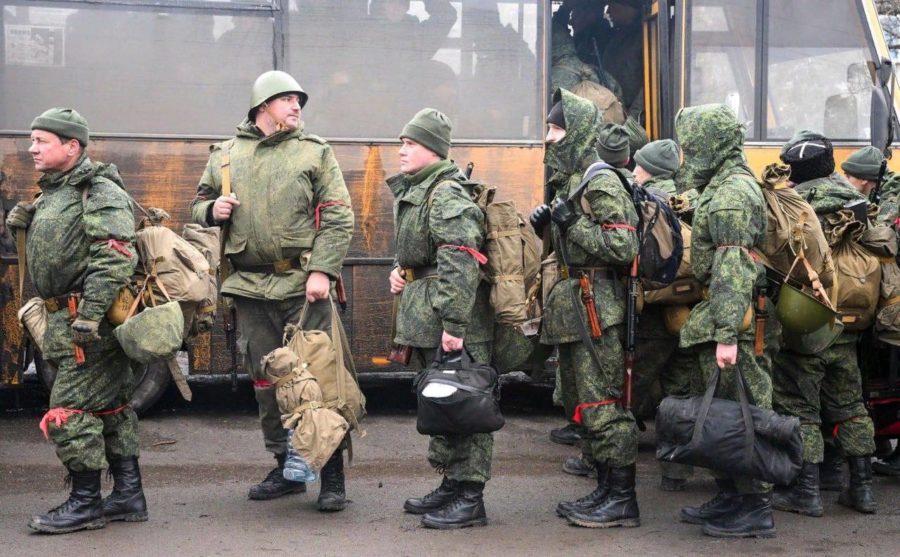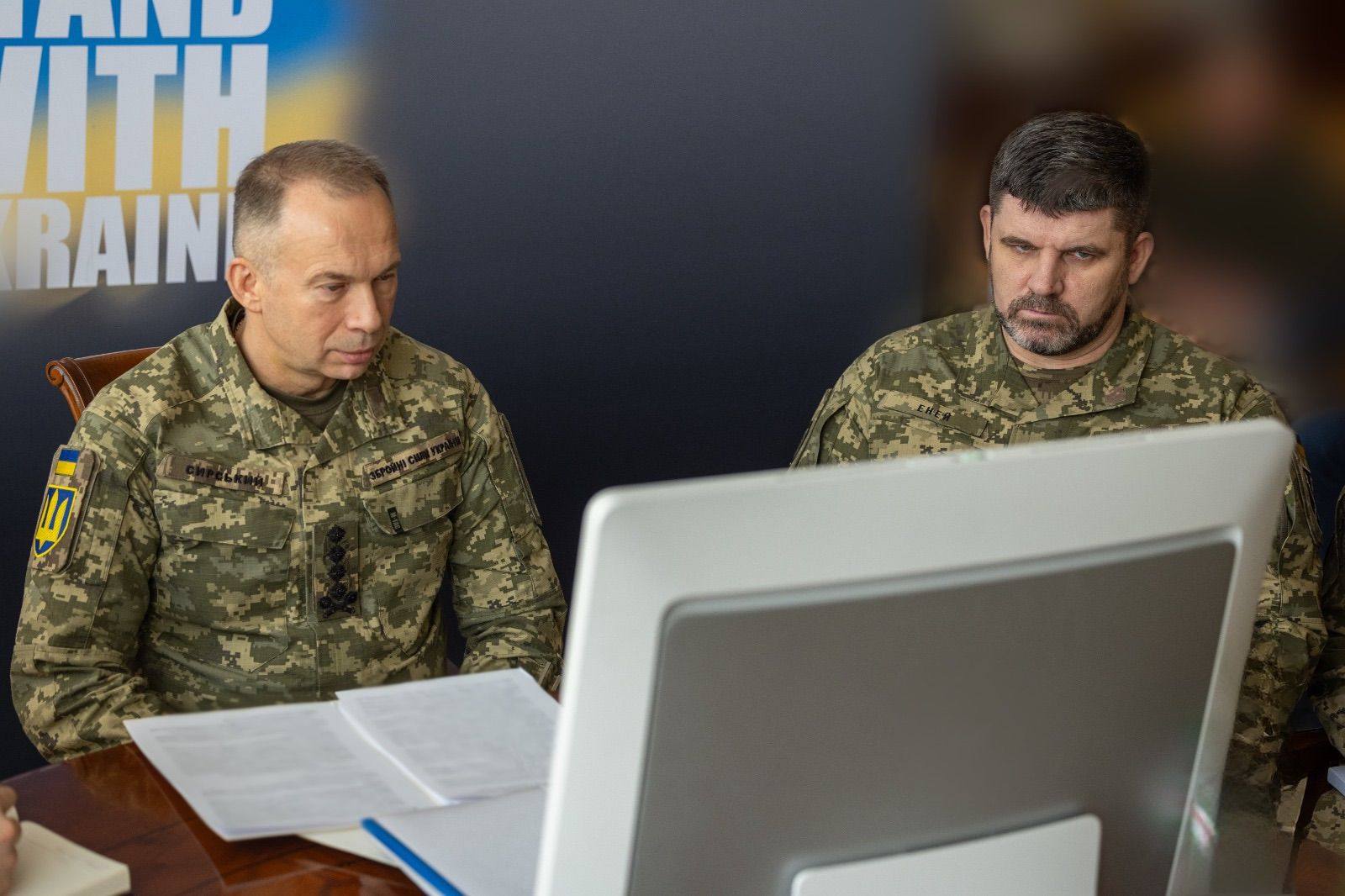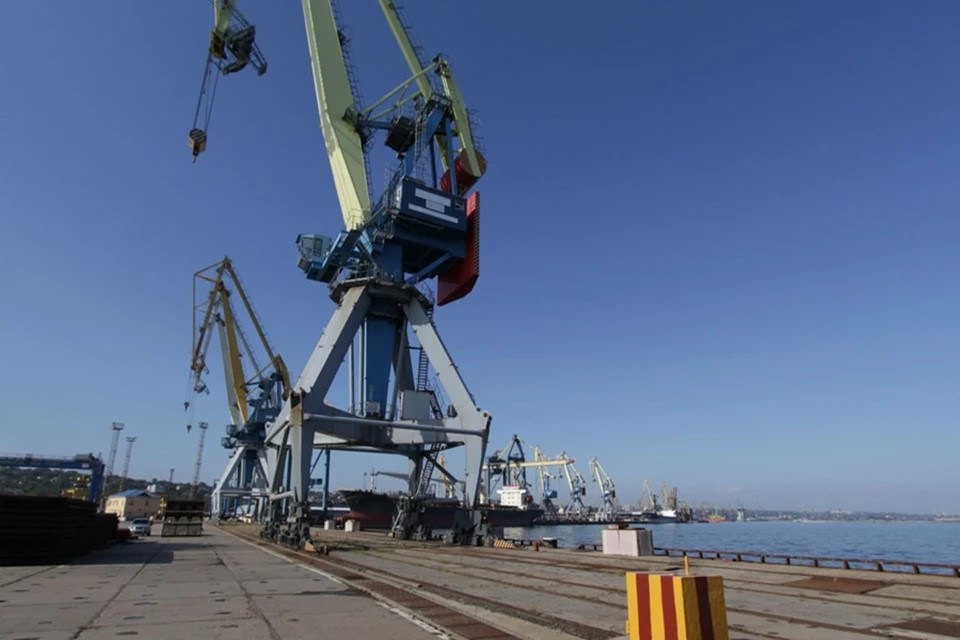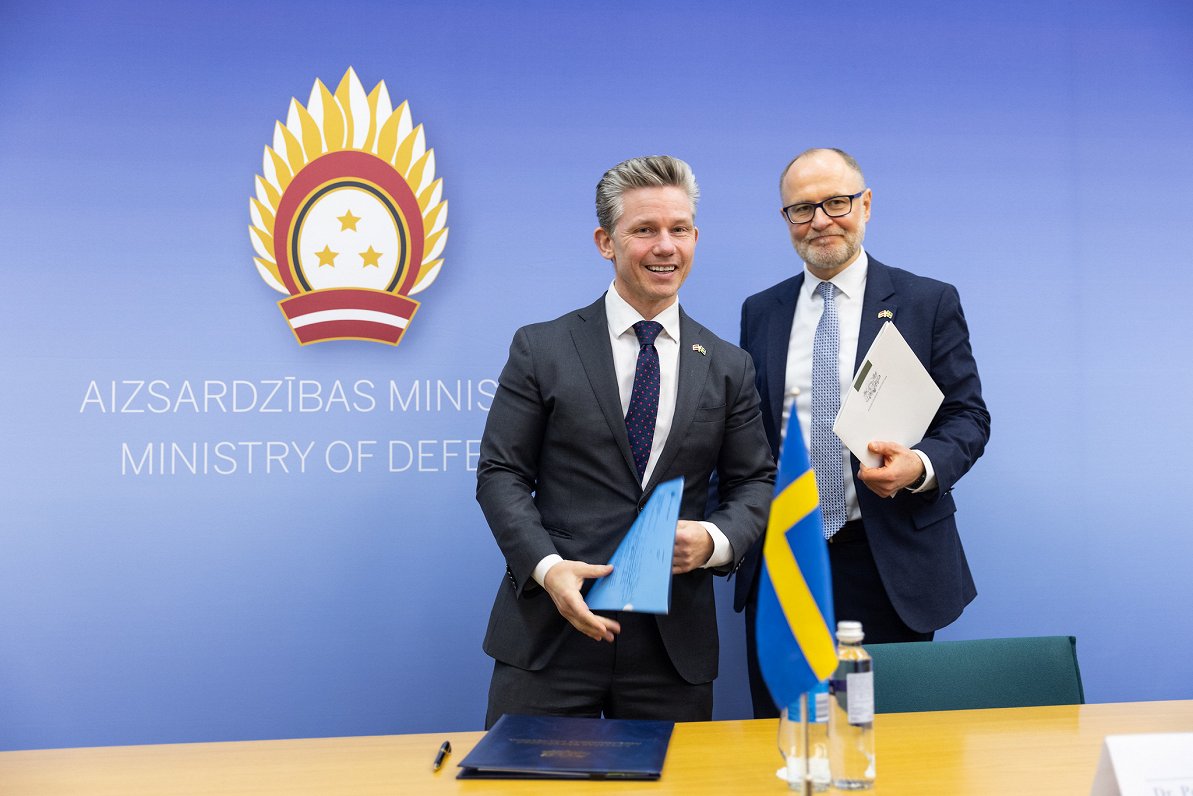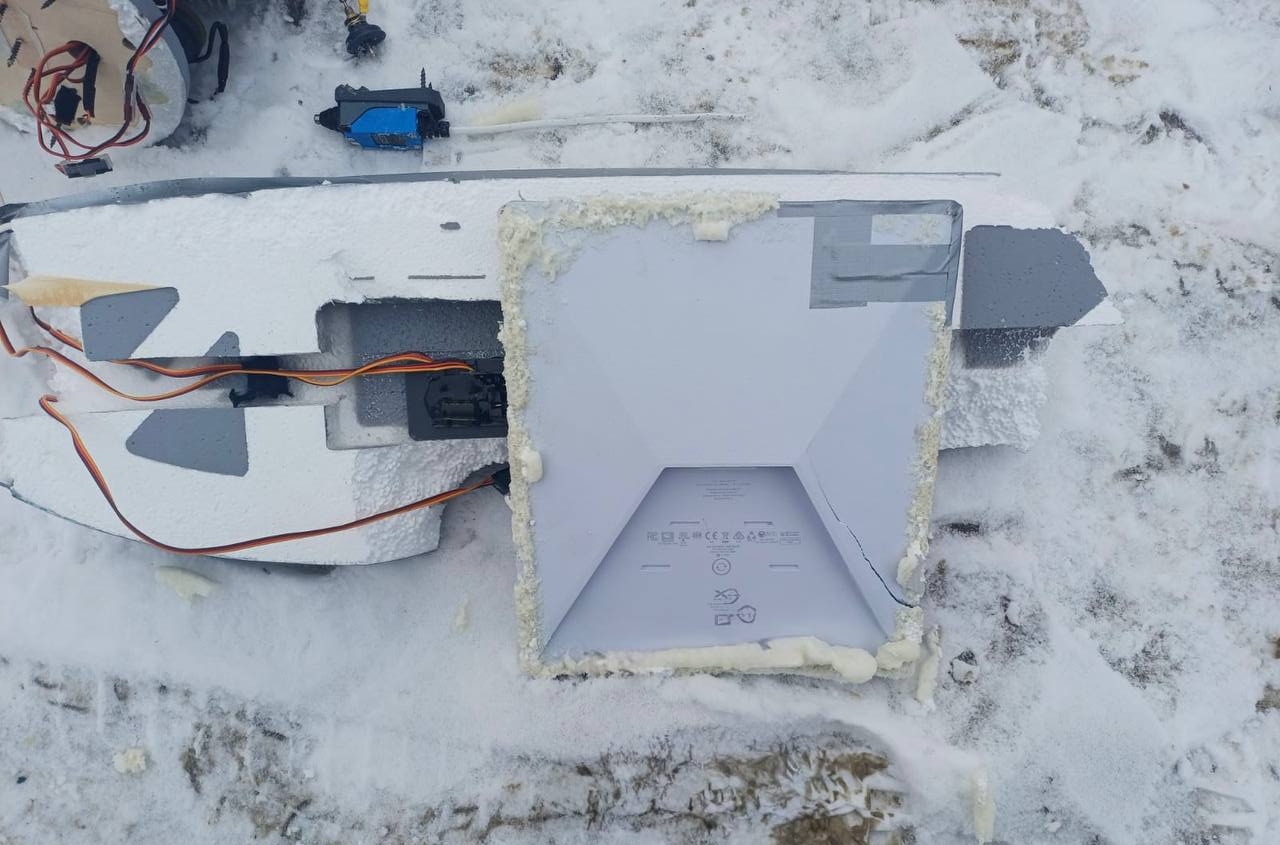After mobilization, Russia launched an active campaign to recruit contract soldiers to continue sending people to fight in Ukraine. The main incentive is money: starting August 1, Russians signing a contract will receive a one-time payment of 400,000 rubles from the federal budget (previously 195,000 rubles) and additional payments from regional budgets, with some regions offering nearly 2 million rubles. According to official statements, this has allowed for the recruitment of 730,000 new contract soldiers over the past year and a half.
Important Stories, in collaboration with the Conflict Intelligence Team (CIT), analyzed data on the one-time payments and reports on the actual state of contract recruitment and its cost to the government.
The numbers provided by the Ministry of Defense may be exaggerated by one and a half times. According to data on federal budget expenditures, from the fall of 2022 to April 2024, approximately 426,000 Russians received the one-time payment for signing a contract (195,000 rubles at that time). However, the Ministry of Defense reported a figure 214,000 higher—stating that 640,000 individuals had enlisted in contract service by the same date.
Some of the recruits sent to the front do not appear in the data on contract signing payments, although authorities may include them in statements about recruitment for the front. However, their numbers are not significant enough to account for the discrepancy between the reported payments and the Ministry of Defense’s claims, according to CIT analysts. For instance, federal payments are not received by fighters in volunteer units and irregular formations like the Redut PMC, as they are not formally considered soldiers. Similarly, the so-called "special contingent"—prisoners recruited to the front since 2023 under the Ministry of Defense—reportedly do not receive the benefits and allowances provided to other contract soldiers. Conversely, payments may include those who fought on the side of the DPR and LPR and then came under the Ministry of Defense, requiring them to sign contracts with the agency.
The inaccuracy of the Ministry of Defense’s figures is further supported by other observations. Entire assault units composed of injured and disabled soldiers have appeared at the front: "This has reached such extreme forms that people on crutches and with Ilizarov apparatuses are being sent to the front. We see this across all regions, from the Far East to border areas," note CIT experts. Additionally, regions continue to increase contract signing payments in an effort to attract new recruits, and Putin has recommended that all regions raise this amount to at least 400,000 rubles. Analysts suggest that if there were sufficient recruits, this situation would not occur.
The fact that the Ministry of Defense’s recruitment plan for contract soldiers is not fully met is confirmed by a source from Important Stories"at one of the recruitment points for the Russian Armed Forces (its location is not disclosed for the source's safety). According to the source, in 2023, regions managed to meet the plan by only 50-60%. This year, recruitment rates are higher, but still fall short due to the number of irrecoverable losses in the Russian Armed Forces, explains the source.
In reality, some of the new contract soldiers reported by the authorities do not increase the size of the fighting force. "We do not physically see this number of new people at the front because some of them were already at war, just with a changed status. They include conscripts, mobilized individuals, and fighters from volunteer formations who signed contracts so that the region could report upward on plan fulfillment," explain CIT. "They are not concerned that this does not actually increase the number of people at the front—what matters is that the statistics are fulfilled. But what matters is not the number of new contracts, but the number of new people in the army."
Draft or Contract
The discrepancy in the Ministry of Defense's figures is also highlighted by regional reports on one-time payments to contract soldiers and mobilized individuals, which "Important Stories" has examined. If the Ministry’s numbers were accurate (302,000 mobilized and 730,000 contract soldiers for 2023-2024), there should be an average of 2.4 times more contract soldiers than mobilized individuals in each region. However, this is not the case: on average, there are only 1.4 times more contract signers than those called up by draft notices. In 10 out of 29 regions with available precise data, recruitment for contracts fell short of mobilization efforts—more people were mobilized than recruited with contracts.
Among these regions are those that "overfulfilled" their mobilization plan and drafted more men than the promised 1.1%. For example, in Buryatia, around 4,900 men were mobilized—2.2% of men aged 18-50. The region recruited almost 500 fewer contract soldiers than it drafted, according to payment reports. Given that Buryatia had many contract soldiers even before the war, and mobilized twice as many people as promised, authorities may have struggled to find new recruits willing to sign contracts, suggest Conflict Intelligence Team analysts. A similar situation is observed in the Zabaykalsky Krai, where 2.3% of the reserve—over 5,300 people—were mobilized. This figure is 1.4 times greater than the number of those who signed contracts since the beginning of 2023.
Among the regions that failed to meet contract recruitment targets are Kirov, Kaluga, Sverdlovsk, Murmansk regions, Khakassia, Kabardino-Balkaria, and the Stavropol Krai. In some of these regions, the payments to contract soldiers are lower compared to others: for example, in Khakassia, the payment for signing a contract is only 50,000 rubles, and in Kaluga Oblast, it's 100,000 rubles. Some of these regions significantly increased the one-time payment in 2024, likely hoping to improve the situation. For instance, Kabardino-Balkaria, where mobilized individuals outnumber "new" contract soldiers by 1.5 times, began paying nearly three times more for signing a contract—805,000 rubles instead of the previous 300,000 rubles, starting June 17.
Important Stories determined from which regions 219,000 mobilized individuals and 227,000 contract soldiers were sent to the front. The data show that from some regions, the proportion of men sent to the war is nearly five times higher compared to other regions. For example, in Moscow, the proportion of men recruited for the war—meaning both mobilized and contract soldiers who joined after February 24, 2022—is only 1.5% of men aged 18-50, while in "leading" regions, this proportion is close to 5%. Additionally, some Russians specifically travel to sign contracts in regions offering higher one-time payments, note CIT analysts.
Among the leaders in high contract signing payments are regions that established substantial incentives: Sakhalin region (4.8% of men up to 50 years old went to war) and Primorsky Krai (4.7%), which paid 300,000 rubles to new contract soldiers in 2023. Additionally, the proportion of mobilized and new contract soldiers is high in "poor" regions where the average income per capita is below the national average—such as Buryatia (4.3%) and Karelia (4.6%).
Who Signs Contracts
In the first year of the full-scale war with Ukraine, the primary source of contract recruits was conscripts. Authorities continue to attempt to replenish contract ranks with conscripts and mobilized individuals, some of whom are coerced or deceived into signing contracts. However, significant results are still lacking, according to regional budget expenditure data. For example, in Smolensk Oblast, approximately 309 conscripts and 120 mobilized individuals signed contracts over a year and a half—11% and 4% of all new contract soldiers, respectively. In Orenburg Oblast, conscripts signed only 4% of contracts.
Currently, the main sources are prisoners and people with financial problems. "They have started targeting those with so-called social debts: alimony, utility bills. Among the recruits from civilian life, nearly half have debts exceeding 50,000 rubles," say CIT analysts. "Important Stories" reported that regional authorities have been tasked with recruiting debtors, bankrupts, migrants, unemployed individuals, and other vulnerable groups.
"Recently, everyone who joins a contract does so for the money. Ideological motivations have either faded or resulted in casualties. Some insist on being accepted even despite health issues that render them unfit for service," says a source from "Important Stories" at a recruitment point. According to the source, many soldiers call from the front after a while asking if they can return the money received in exchange for going home.
In the first quarter of 2024, 73,300 people received the contract signing payment, while during the same period, banks received 33,000 applications for credit holidays from those fighting in Ukraine. If we assume each soldier has one credit and applications for deferrals are submitted without delay, debts may be present for almost every second new contract soldier.
Deficit Resource for Three Trillion
Over two years, the government has spent at least 1.1 trillion rubles to support those fighting in Ukraine—at least 925.4 billion from the federal budget and 179 billion from regional budgets. This includes monthly social payments to mobilized individuals, contract soldiers, and military medics, as well as benefits and allowances for the families of those fighting, one-time payments for signing contracts, and subsidies to the "Defenders of the Fatherland" fund. Payments for death and injury could amount to an additional 2.6 trillion rubles over the course of the war, according to Re.Russia, assuming that authorities have paid out all promised compensations (though this figure may be inflated as authorities are reluctant to make injury payments and complicate the process, say CIT experts). In total, the "new elite" could have cost Russia more than 3.7 trillion rubles.
With such investments, the authorities could have recruited more than 720,000 new soldiers for the war—302,000 mobilized individuals and 426,000 contract soldiers, not counting prisoners and fighters from irregular formations. This is three and a half times more than the number of troops at the time of the invasion, when the Russian military presence in Ukraine was estimated at 200,000. Thus, Russia significantly bolstered its army in terms of numbers and managed to turn the situation on the front in its favor:
"In the fall of 2022, the front collapsed because there weren't enough people, and that's when Putin announced mobilization. The first mobilized were thrown into battle without training to fill gaps in Kharkiv Oblast. Now they are mainly used to maintain a stable front line, plus many people are needed for rear operations," say CIT analysts. "For offensive actions, the authorities discovered a fantastic source in the form of volunteers who join contracts for money. Without them, carrying out resource-intensive assaults, which we've seen over the past year, would be very difficult."
But it is still not enough to meet the need for personnel in the war. Russia continues to need to replace losses, conduct offensives, and fortify the front line. As a result, the authorities are continually increasing payments to attract as many debtors and others looking to earn money as possible. According to "Important Stories," the average regional payment for signing a contract has increased 1.5 times over the past year, and with municipal supplements, it has grown 2.4 times by June 2024.
"The pool of people willing to go to war for less money is running out, and the recruitment plan remains. Regions are competing for the scarce resource—volunteers—and are constantly raising contract signing payments. The key is not to be at the bottom of the list, as the plan is mandated from above and must be fulfilled," conclude CIT experts.









